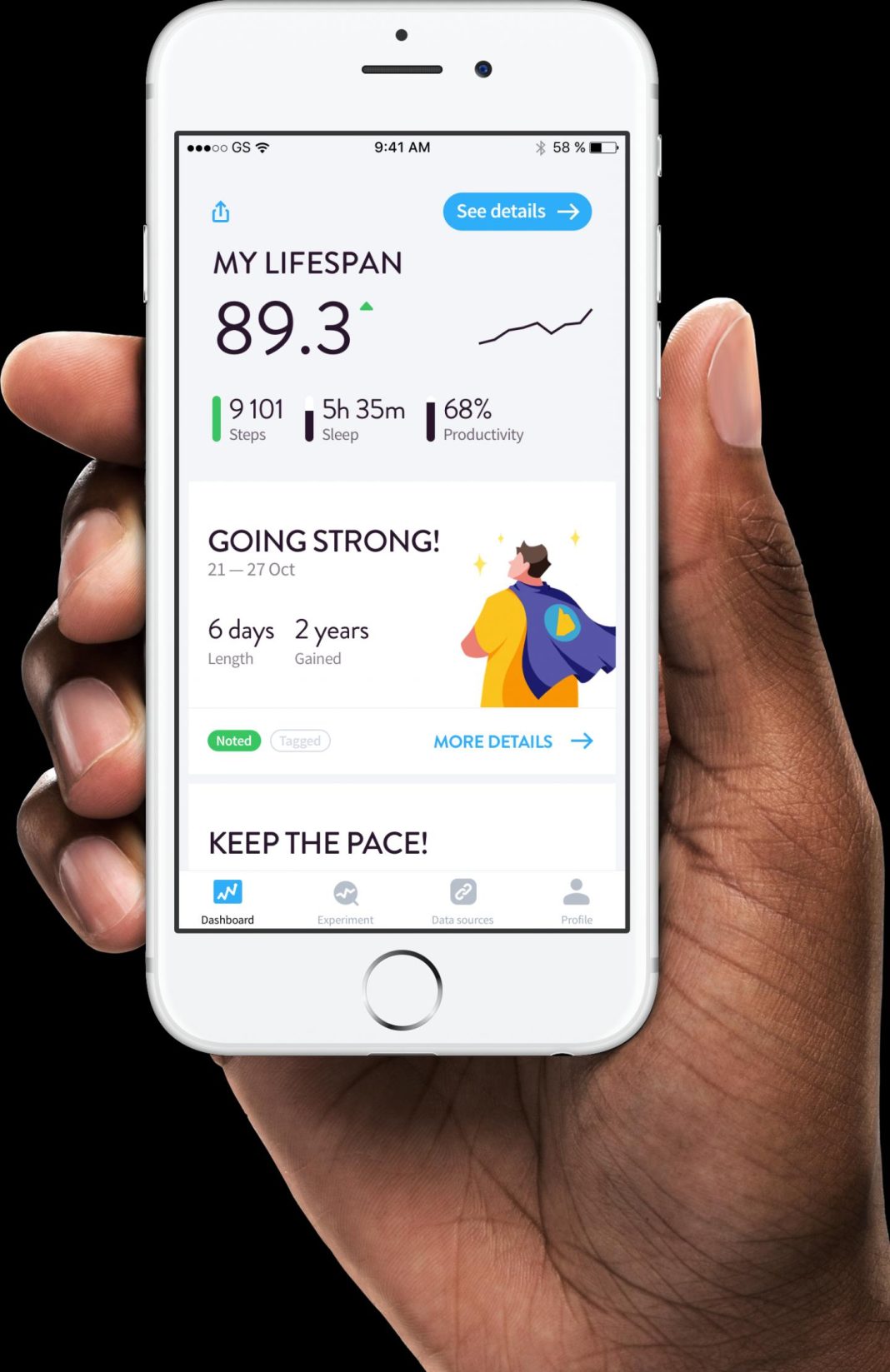Perhaps now, getting “your steps in” will provide useful biological data, as scientists from the longevity biotech company GERO and the Moscow Institute of Physics and Technology (MIPT) have shown that physical activity data acquired from wearables can be used to produce digital biomarkers of aging and frailty. Findings from the new study—published recently in Scientific Reports in an article entitled “Extracting Biological Age from Biomedical Data via Deep Learning: Too Much of a Good Thing?”—demonstrate the emerging potential of combining wearable sensors and artificial intelligence (AI) technologies for continuous health risk monitoring with real-time feedback to life and health insurance, healthcare, and wellness providers.
“AI is a powerful tool in pattern recognition and has demonstrated outstanding performance in visual object identification, speech recognition, and other fields,” explained senior study investigator Peter Fedichev, Ph.D., GERO science director and head of the laboratory of biological systems simulation at MIPT. “Recent promising examples in the field of medicine include neural networks showing cardiologist-level performance in detection of an arrhythmia in ECG data, deriving biomarkers of age from clinical blood biochemistry, and predicting mortality based on electronic medical records. Inspired by these examples, we explored AI potential for health risks assessment based on human physical activity.”
![This is a screenshot of the Gero Lifespan app. [© Gero LLC]](https://genengnews.com/wp-content/uploads/2018/08/166682_web2514337344-1.jpg)
This is a screenshot of the Gero Lifespan app. [© Gero LLC]
Many physiological parameters demonstrate tight correlations with age. Various biomarkers of age, such as DNA methylation, gene expression, or circulating blood factor levels, could be used to build accurate “biological clocks” to obtain individual biological age and the rate of aging estimations. Yet, large-scale biochemical or genomic profiling is still logistically difficult and expensive for any practical applications beyond academic research.
However, the recent introduction of affordable wearable sensors enables collection and cloud storing of personal digitized activity records. This tracking is already done without interfering with the daily routines of hundreds of millions of people all over the world.
In the current study, the researchers analyzed physical activity records and clinical data from a large 2003–2006 U.S. National Health and Nutrition Examination Survey (NHANES). They trained a neural network to predict biological age and mortality risk of the participants from the one-week-long stream of activity measurements. A cutting-edge convolution neural network (CNN) was used to unravel the most biologically relevant motion patterns and establish their relation to general health and recorded lifespan. A novel AI-based algorithm created by GERO scientists outperformed any previously available models of biological age and mortality risks from the same data.
“We found that the supervised approaches produce better chronological age estimations at the expense of a loss of the association between the aging acceleration and all-cause mortality, the authors wrote. “Consequently, we turned to the NHANES death register directly and introduced a novel way to train parametric proportional hazards models suitable for out-of-the-box implementation with any modern machine learning software.”
The authors continued, stating that “As a demonstration, we produced a separate deep CNN for mortality risks prediction that outperformed any of the biological age or a simple linear proportional hazards model. Altogether, our findings demonstrate the emerging potential of combined wearable sensors and deep learning technologies for applications involving continuous health risk monitoring and real-time feedback to patients and care providers.”
The investigators were encouraged by their findings and have developed an app that estimates a user's lifespan with the help of the built-in smartphone accelerometer.
“Life and health insurance programs have already begun to provide discounts to their users based on physical activity monitored by fitness wristbands. We report that AI can be used to refine the risks models further,” Dr. Fedichev concluded. “Combination of aging theory with the most powerful modern machine learning tools will produce even better health risks models to mitigate longevity risks in insurance, help in pension planning, and contribute to upcoming clinical trials and future deployment of antiaging therapies.”



